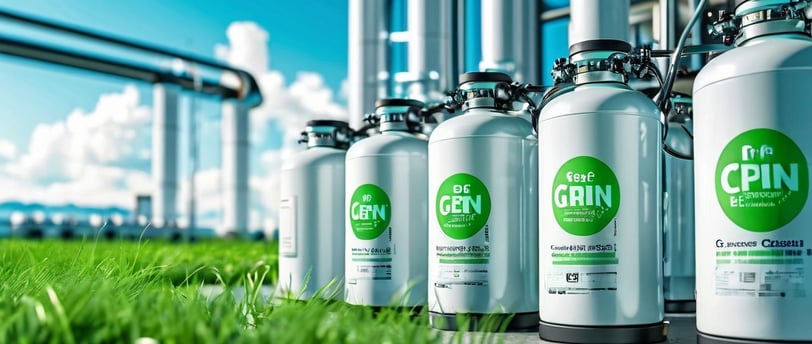Grüner Wasserstoff in Arequipa: Phelan Green Energy und die Energiewende in Peru
Im globalen Energiesektor hat sich grüner Wasserstoff als Schlüsseltechnologie....
Javier Fernández
9/26/20241 min read


Green Hydrogen in Arequipa: Phelan Green Energy and Peru's Energy Transition
Green hydrogen is emerging as a key global technology to combat climate change and reduce reliance on fossil fuels. In Peru, Arequipa is set to become the hub of an ambitious project by Phelan Green Energy, which aims to position the country as a major player in green hydrogen production and renewable energy transition.
A Groundbreaking Project
A hydrogen plant is planned for La Joya, Arequipa, powered by a 1.8 GW solar plant, set to begin operations by 2026. The project, with an investment of USD 2.3 billion, will produce up to 80,000 tons of green hydrogen annually. This hydrogen will primarily be used to produce ammonia, which will be exported via the Port of Matarani.
Benefits for the Region and Global Markets
In addition to ammonia production, the plant will supply medical oxygen, benefiting healthcare services in the region. The project aims to strengthen the local economy through ammonia exports to countries such as Germany and Japan, while also reducing Peru's carbon emissions and contributing to the global energy transition.
Sustainable Agriculture
A key aspect of this project is the use of the produced ammonia as fertilizer for the local agricultural sector, enhancing production and promoting sustainable farming practices in the region.
Conclusion
The Phelan Green Energy project marks a significant step in Peru's energy transition. It showcases the potential of green hydrogen as a key building block for a clean and sustainable future, benefiting both the local economy and global markets.
This megaproject will significantly contribute to decarbonization, create jobs, and help mitigate climate change in the long term.
